This is the second year in a row in which the North American Monsoon has failed to deliver its normal weather to Arizona. The monsoon had a late start in July with only a few isolated rain events early in the month and the main event starting around the third week of July. But even that faltered after a week and the final week of July was dry.
August was even worse with no measurable precipitation until after mid-month and even then the amounts were light. The National Weather Service in Flagstaff has posted some climate data for the area for August. It was the hottest August and the 2nd driest on record in Flagstaff and most of the west experienced similar conditions (Figure 1; Figure 2; Figure 3).
Photographing summer monsoon storms has been a challenge this year because there were so many dry periods. Even so, there are always interesting weather events and clouds that make it worthwhile. So here is a collection of the most interesting weather photographs from this summer.
Convection

A time-lapse movie shows that the ducks are more interesting than the convection.




Rainbows
Full rainbows eluded me this year butI did manage to photograph a rainbow segment.

Lightning
As with rainbows, lightning was elusive this year. It was typically a case of being in the wrong place on the wrong day and at the wrong time. But I did get lucky with the following image.
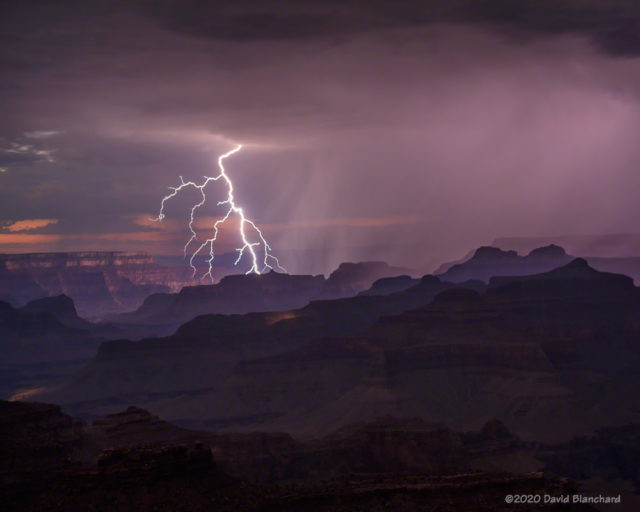
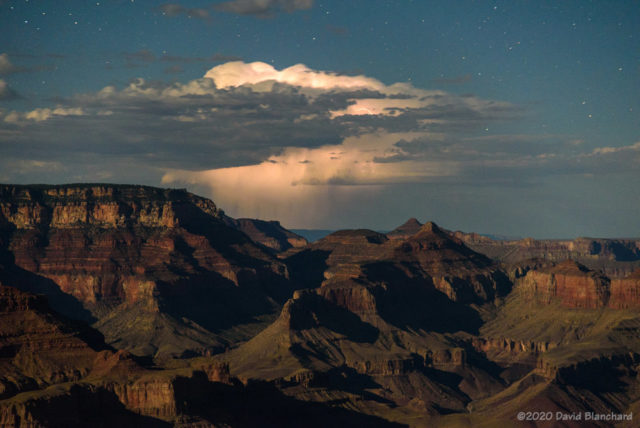

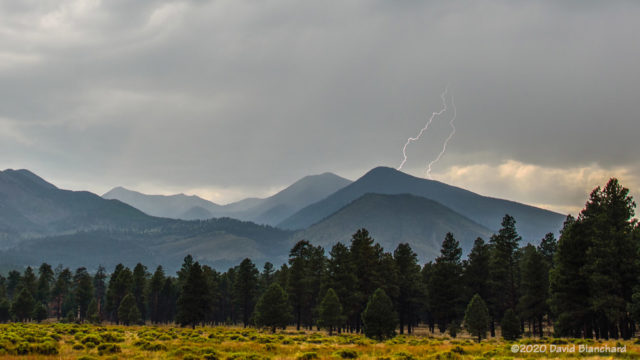
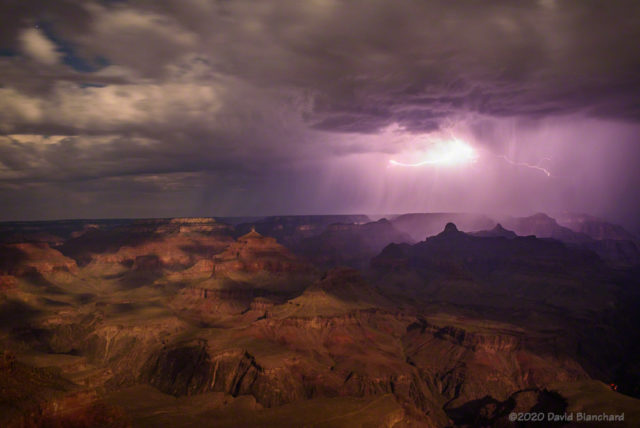
Sunsets
And when there is no lightning and no rainbow, one can be content with the sunset.


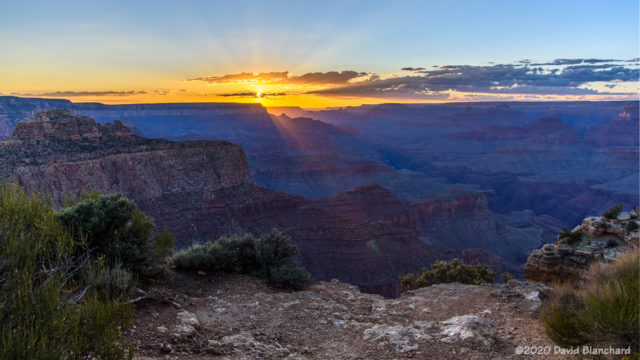


Miscellaneous

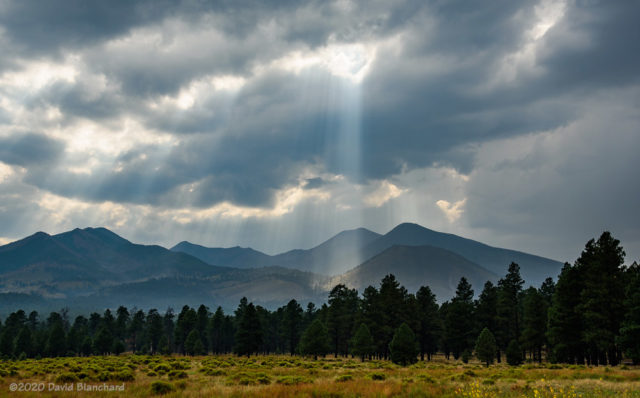
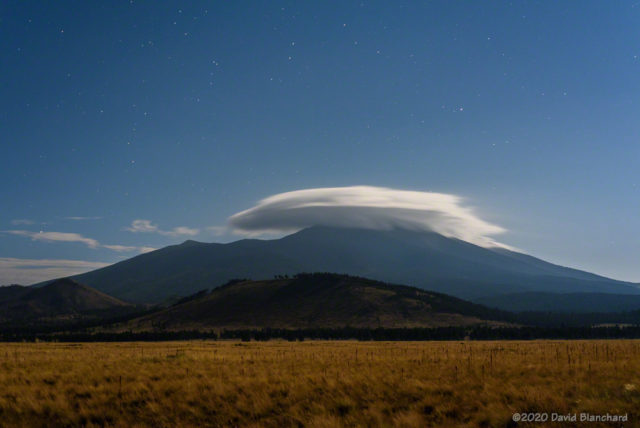
Perhaps 2021 will be a normal monsoon year.
So glad to see these shots, David! Beautifully captured — and good description of the situation. You made the best of a difficult season!